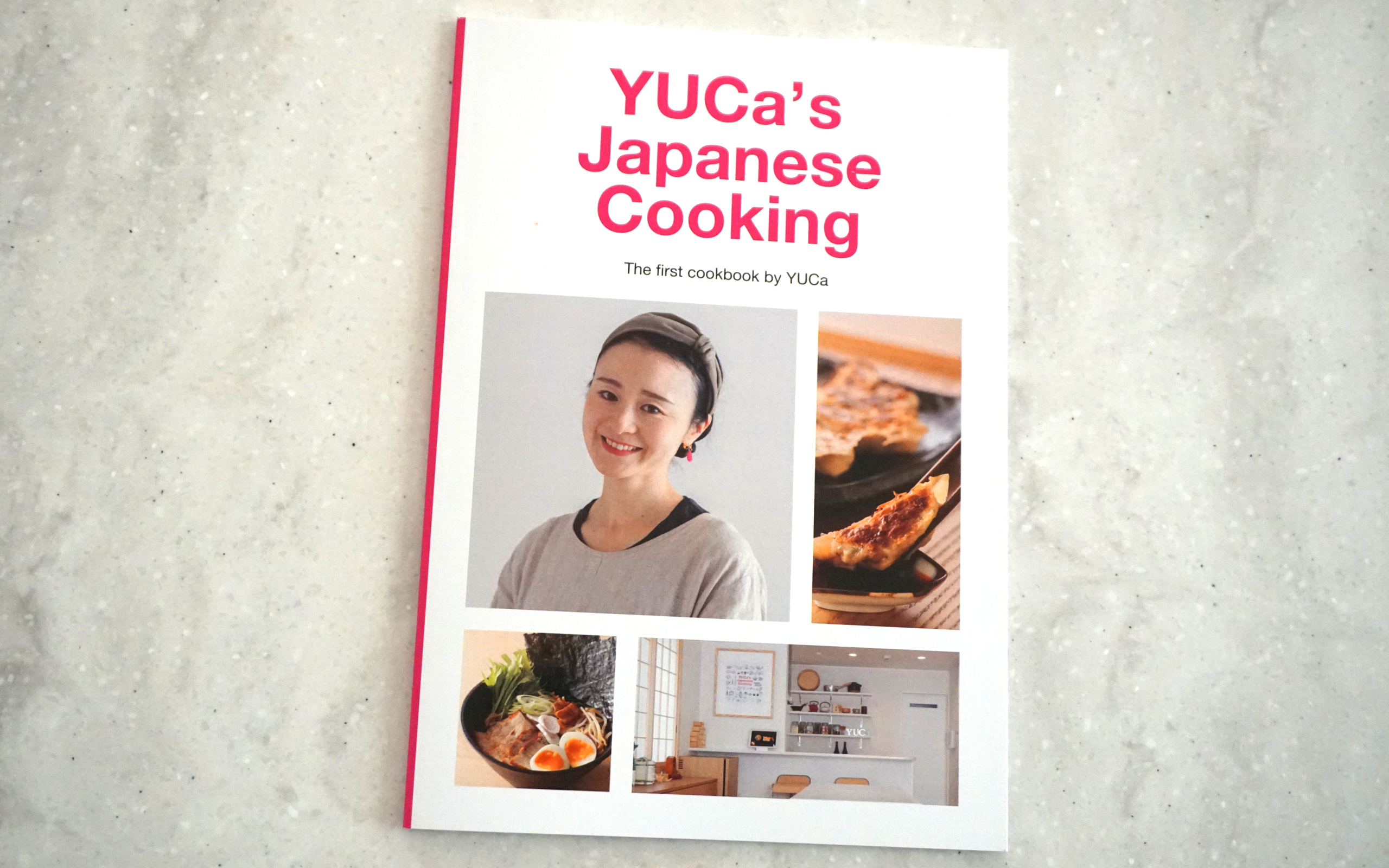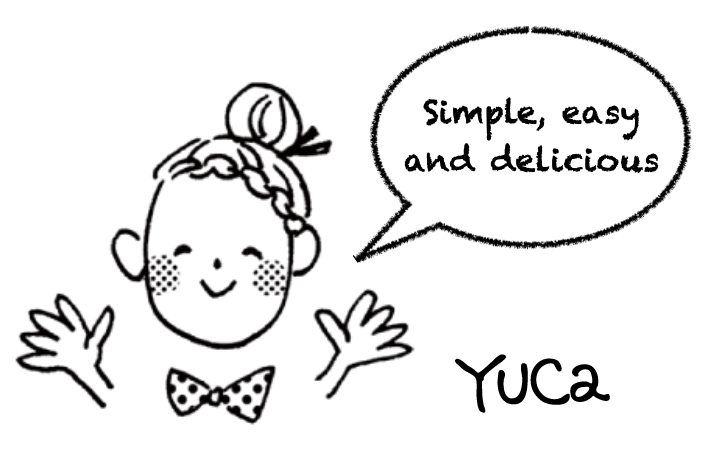Tokyo Guide : HIYAKASHI IPPODO TEA
IPPODO TEA, a long-established Kyoto tea house, is hosting a limited-time café called “Hiyakashii IPPODO TEA” in Omotesando, running until September 30th.

At the entrance, there’s a noren (traditional Japanese curtain) with a green ghost-like character on it. Instead of being scary, it has a kind of amusing and intriguing vibe.
As you part the noren and step inside, you’re greeted by a space inspired by Kyoto’s bamboo paths. It feels like you might encounter a ghost!
The café also offers an English menu, so international visitors can enjoy it too.

We ordered the following:
Read More
Yokan (羊羹)
Yokan (羊羹) is a traditional Japanese confection made from azuki red bean paste, agar (a plant-based gelatin), and sugar.

It has a smooth, firm, jelly-like texture and is typically enjoyed as a sweet treat with tea. Yokan is often shaped into rectangular blocks and comes in two main varieties: neri yokan(練り羊羹), which is firm, and mizu yokan(水羊羹), which has a softer, more delicate texture due to higher water content, making it a popular choice in the summer.

There are also variations that include ingredients like chestnuts, sweet potato, or green tea flavoring. Yokan has a rich, mildly sweet taste, and its simple ingredients have made it a beloved dessert in Japanese culture for centuries. It is also appreciated for its long shelf life, which makes it a popular gift or travel souvenir.
Read More
Matcha Soymilk Pudding

Do you like matcha green tea? Matcha is made by grinding special tea leaves on a millstone and is used for beverages as well as for confectionery. This time, we will use that matcha powder to make vegan pudding without eggs or milk.
* My brand YUCa’s Tea also sells organic matcha, which has been well received by matcha fans in Japan and abroad. I hope you will try them! For more detail, please check this page!
Read More
Wheat Gluten Rusk

Fu(麩) or Ofu(お麩), also known as gluten or wheat gluten, is an ingredient typically used in soups or cooked with liquids to enhance its texture. In this recipe, we will use fu to create a simple snack that highlights its unique texture. The aroma and flavor of melted butter and caramelized sugar will captivate everyone from children to adults. Please give it a try!
Read More
15 Places to go in Tokyo
YUCa’s Japanese Cooking has been selected as one of the 15 places to go in Tokyo in the Toei Transportation Guide issued by Toei Transportation!

Toei Transportation is managed by Tokyo Metropolitan Government. Toei Transportation provides Toei Subway (4 lines) , Toei Bus (127 routes), Tokyo Sakura Tram (Toden Arakawa Line), and Nippori-Toneri Liner services, which form an extensive network that ensures convenient mobility throughout Tokyo.

Below are the details of the 15 places to visit in Tokyo!
1. Wear a kimono @waraku_asakusa
2. Ninja experience @ninjatrickhouse
3. Enjoy Japanese tea @happoen
4. Make an Edo Kiriko glass @sokichi_asakusa
5. Make Japanese dishes @yucasjapanesecooking 🙇♀️

Read More
Premium Japanese Tea Collection : YUCa’s Tea

Japanese tea is loved by people as an indispensable drink for daily health maintenance. In Japan, tea is grown over a wide area. Major production areas include Shizuoka, Kagoshima, Mie, Kyoto, and Saitama prefectures.

“YUCa’s Tea” is a premium Japanese tea collection curated by a culinary expert YUCa. Through a variety of hi-end teas such as Chiran-cha (Green tea from Kagoshima), Uji-cha (Matcha from Kyoto), and Tosa-cha (Roasted green tea from Kochi), it showcases the charm of various regions across Japan. Shall we travel with YUCa’s Tea?
In the future, it will expand not only to tea but also to tea-related sweets and more.

YUCa’s Tea, Premium Japanese Tea Collection : As of May 2024
・Chiran-cha, Green Tea (Sencha/Ryokucha) : Tea bag (3g x 10 bags) – 1,000 JPY
・Chiran-cha, Green Tea (Sencha/Ryokucha) : Tea leaf (100g) – 2,000 JPY
・Uji-cha, Organic Matcha : Powder (30g) – 3,000 JPY
We ship internationally! Please contact us from here. http://yjc.pikondev.com/contact-us/
More information on the origin and the characteristics of each product, please see below.
Read More
Tofu & Kinako Cookie

Are you interested in sweets that don’t use eggs and milk? This time, I’ll make cookies using tofu and kinako(soybean powder), which are familiar health foods in Japan. To make them enjoyable, I tried making cookies shaped like the faces of our pets, Mario and Luigi.
Read More
Warabi Mochi

Warabi mochi (わらび餅) is a Japanese confectionery made from starch extracted from the root of the wild vegetable “warabi”. The pulled texture of the warabi mochi and the harmony of the molasses and soybean flour called “Kinako” are addictive, and you will not be able to stop eating it.
Warabi mochi is often confused with kuzumochi, which is also eaten with molasses and soybean flour, but kuzumochi is milky white and has a slightly harder texture. Kuzumochi is made from starch extracted from the root of the “kuzu” plant.
Read More
Ichigo Daifuku (Strawberry Mochi)

Ichigo Daifuku (いちご大福) is made by wrapping a whole strawberry in anko (red bean paste) and then wrapping it in gyuhi (a type of rice cake). The combination of the tartness of the strawberries and the sweetness of the bean paste is exquisite, and the texture of the mochi is also unique.
There are various theories as to the origin of Ichigo Daifuku, but it is said to have originated in the 1980s, inspired by shortcake. Although it has a shorter history than other wagashi, it is now firmly established as one of Japan’s most popular wagashi.
Read More
Anko (Red bean paste)

Anko(あんこ) is sweetened azuki beans. It is used in many wagashi, such as daifuku, taiyaki, anmitsu, and oshiruko, and is essential for making wagashi. There are two types of anko: Tsubu-an (つぶあん), which retains the texture of the azuki bean grains, and koshi-an(こしあん), which is strained smooth. If you feel that store-bought anko is too sweet, why not try making homemade anko? And if you do, don’t forget to use azuki beans called dainago(大納言).
Read More


























